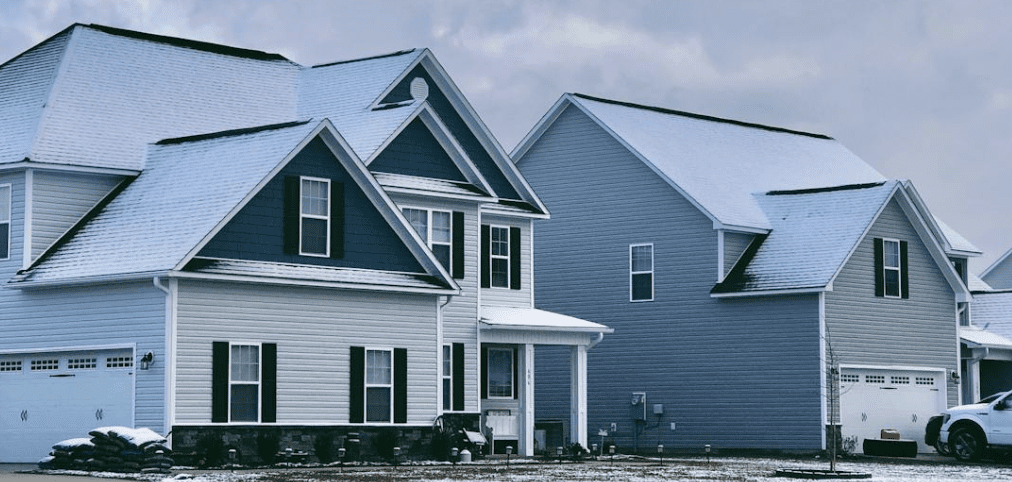A Step-By-Step Guide to Buying Your Second Home
A Step-By-Step Guide to Buying Your Second Home
Blog Article
Top Tips for Buying Your Second Home
Purchasing a second home is just a significant milestone, if it acts as a secondary retire, an investment house, or perhaps a future pension haven. With increasing demand and changing property areas, careful preparing and proper decision-making are essential to make sure your second house obtain aligns seamlessly along with your economic and particular goals. This article considers important considerations and measures involved with buying your second buying a second home and renting out the first.

Assessing Economic Determination
One of the first measures in planning for another home purchase is doing a comprehensive economic evaluation. A broad advice would be to policy for a 2,000 down payment, though that ranges centered on industry situations and loan terms. Based on U.S. Census data, 65.5% of properties in the United Claims are owner-occupied, showing the powerful demand for mortgages.
Lenders on average examine your debt-to-income (DTI) ratio before signing a second-home mortgage. A healthier DTI proportion of 36% or decrease increases your likelihood of getting good loan terms. Additionally, aspect in fees beyond the mortgage, such as for example property taxes, maintenance, HOA expenses, and insurance premiums. In line with the National Association of Realtors, vacation homebuyers spent a median of $425,000 in 2022, reinforcing the need for accurate financial planning.
Determining the Purpose of Your Next House
The purpose of your second home greatly influences the decision-making process. If you plan to put it to use as a rental property, study local regulations, potential rental revenue, and occupancy trends. A 2023 review by Statista indicated that short-term rental revenue reached $101.3 billion internationally, showing the financial possible in this market.
For vacation homes, prioritize places offering year-round power or vicinity to fascinating amenities. Consider facets like discretion possibilities, supply, and expected understanding in property value. For retirement planning, lower-maintenance houses and towns offering life style amenities might be preferred.
Investigating the Market
Next comes in-depth market study, which includes analyzing housing styles and choosing an area that aligns together with your goals. A Zillow report exposed that property areas in suburban and vacation-centric parts became significantly in demand during 2021-2023, particularly as remote perform presented people who have better flexibility.
Keep informed about house value trends in your preferred area, monitoring appreciation prices within the last decade. Consider hiring a local real estate expert who recognizes local value individuals and zoning regulations.

Long-Term Preparing
Finally, plan for the extended term. Set aside emergency reserves and foresee potential property fees such as renovations, important repairs, or market fluctuations. Correctly determined expense techniques position second-home customers for both immediate pleasure and future financial stability.
Buying your next home is not really a particular decision but a financial duty requiring thoughtful preparation. Using these strategies, homeowners may confidently program their entry into that satisfying next step. The key is just a mixture of market study, economic discipline, and clarity of purpose. Report this page